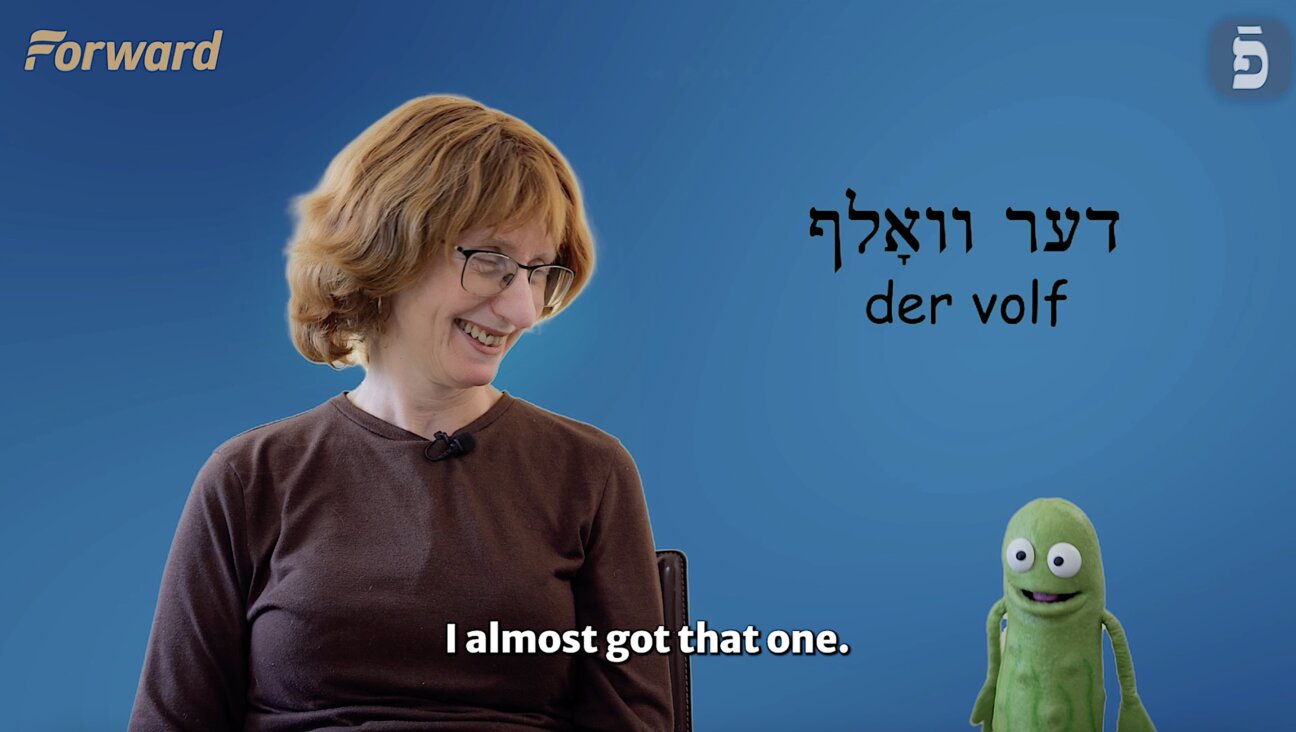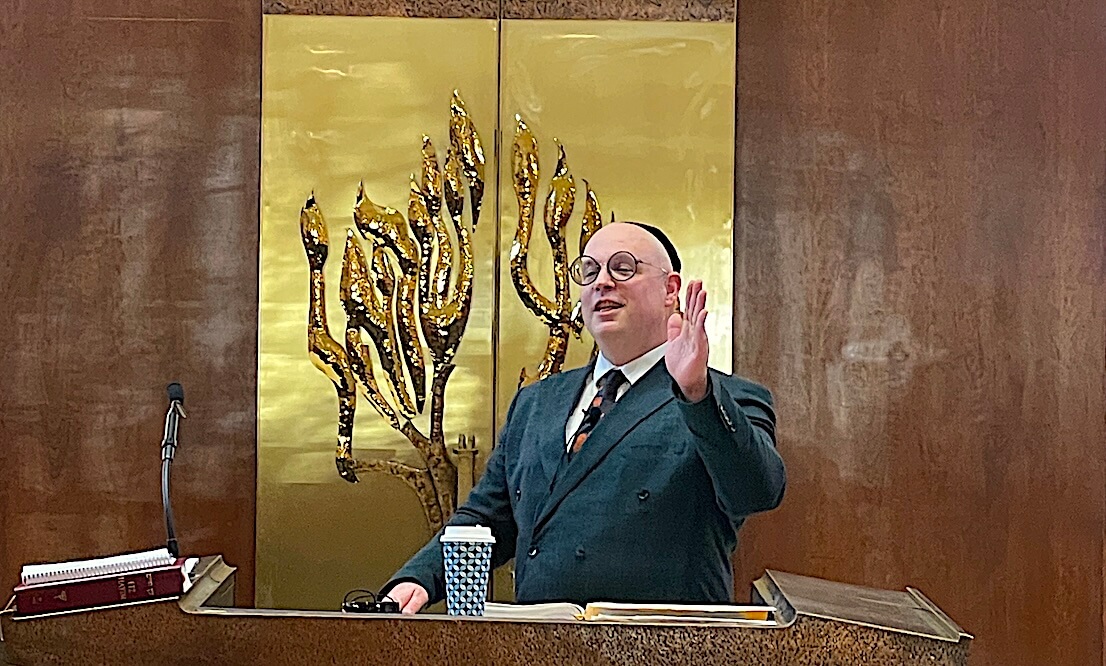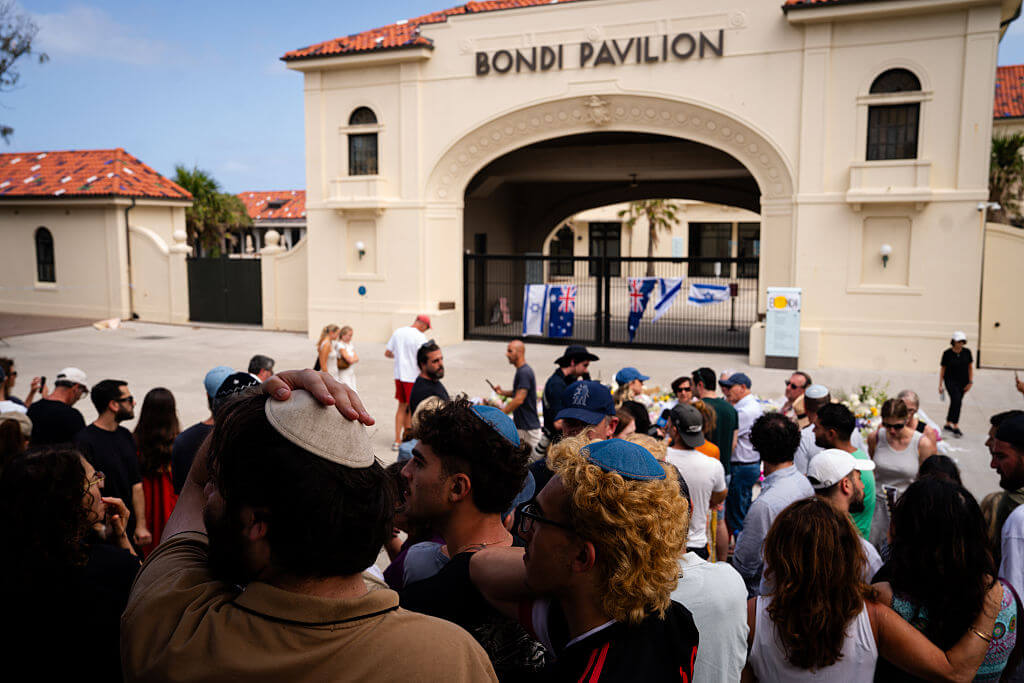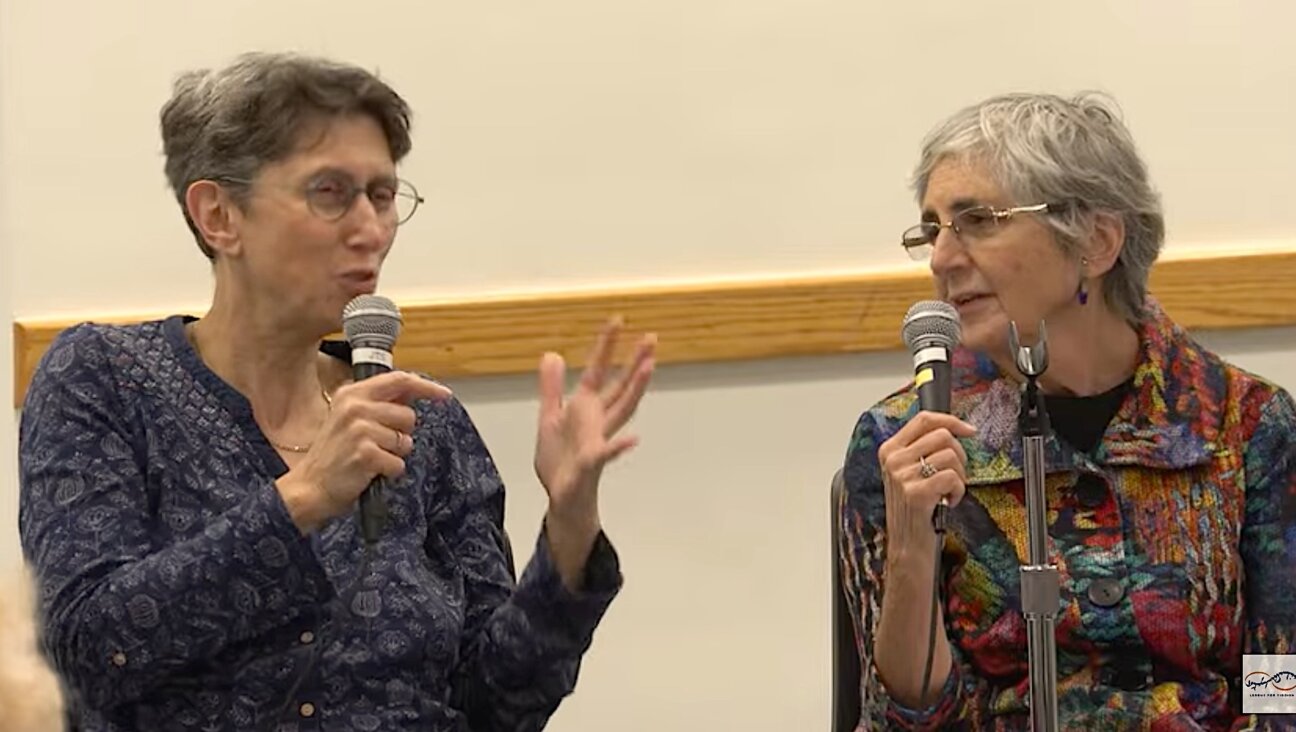From shtetl to synth: How Yiddish electronica found its rhythm
Josh ‘Socalled’ Dolgin and Chaia both aim to keep Yiddish vibrant without turning it into a museum piece
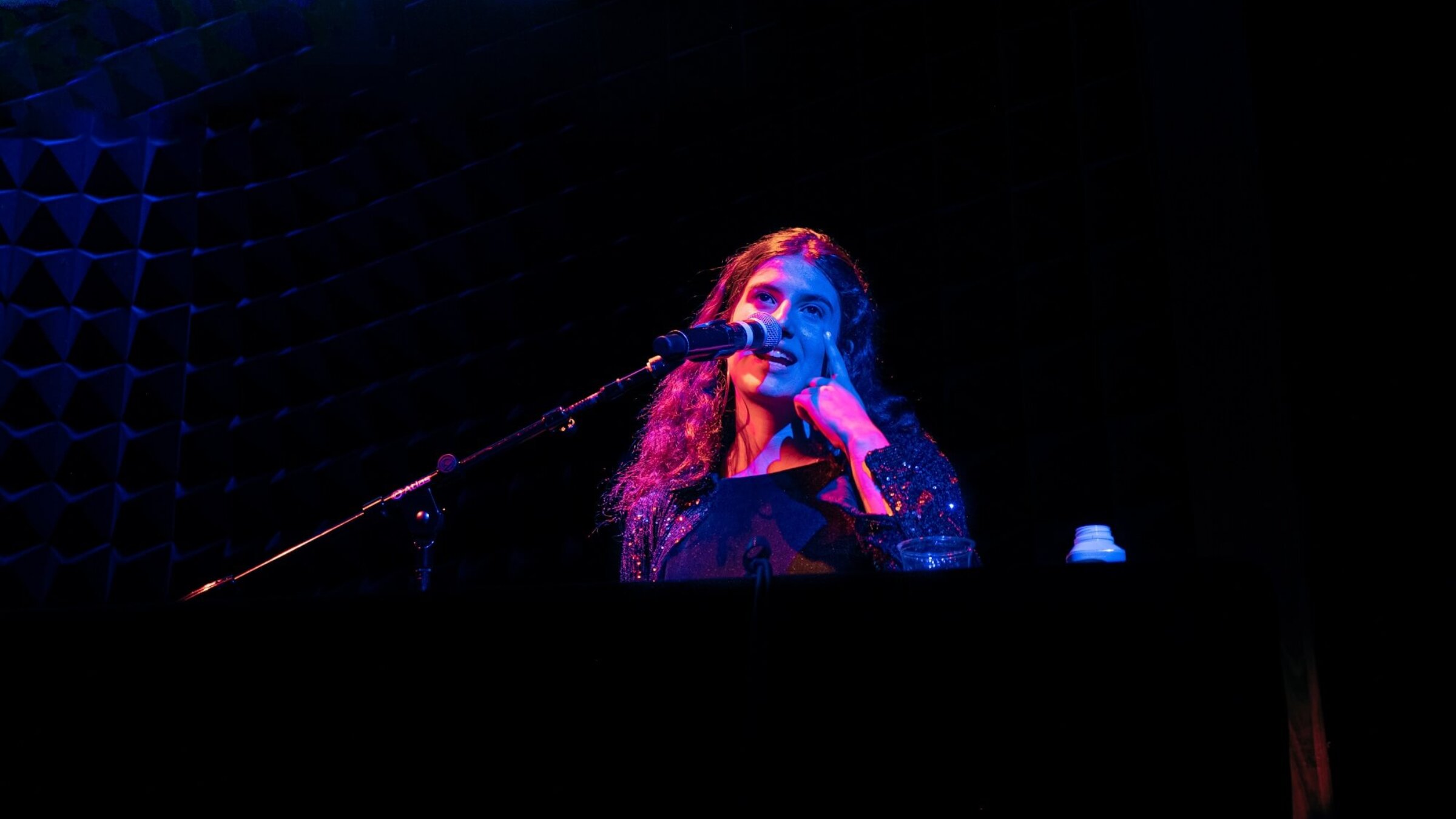
Chaia at Joe’s Pub in Manhattan Photo by Jess O’Donoghue
Yiddish music has always evolved — from the shtetl to the stage, and now to the synth. For some time now a new wave of artists has been bringing its spirit into the digital age. Across clubs from Montreal to New York, artists are remixing old-world melodies into the digital soundscape of the 21st century. It’s not nostalgia. It’s a pulse.
Two of the most innovative voices in this movement, Josh “Socalled” Dolgin and Chaia, are proving that Yiddish isn’t just surviving — it’s vibrating with life. Dolgin, the Canadian producer and musician who pioneered Yiddish hip-hop, began his journey far from any shtetl. Growing up in Chelsea, Quebec, as the only Jewish kid in school, he fell in love with funk and hip hop in the early 1990s. It was a subculture that felt both strange and electric, and he saw it as funk for a new era. When he discovered sampling he found his voice.
One day in a thrift store, he stumbled upon a record by Aaron Lebedeff, the Yiddish theater composer and singer best known for the song “Romania, Romania.” Between each verse were beautiful, hooky orchestral bars that inspired him to blend Yiddish music with hip hop. Mixing those breaks into beats became a way of reclaiming Jewish identity and discovering his own culture.
Two decades later, Dolgin teaches at McGill University while continuing to perform and record. He notes that Yiddish electronica isn’t a new wave — it has existed for more than 20 years — but access has transformed it. Back then, he worked with a sampler that could record only a few seconds of sound; now, everyone has a studio on their phone, able to explore Yiddish identity anywhere and at anytime.
Dolgin doesn’t see the music as a gimmick or cultural experiment. “I don’t want to force-feed audiences my work to make a point,” he explained. “The music does the speaking. If it slaps, it slaps.” His listeners range from non-Jewish Europeans to Jews rediscovering their roots. Creating a contemporary sound infused with history, he said, is rewarding — even if most Jews today aren’t deeply engaged with Yiddish culture.“I just wanted to show that this music can be on the same level as any of the great world music traditions.”
For a younger generation, including Brooklyn-based producer and accordionist Chaia, that same impulse has taken on new urgency and political resonance. Like Dolgin, she began in klezmer before turning toward electronic sound. In her teens, she played accordion in a community klezmer band. Later, while studying under klezmer revival pioneer Hankus Netsky at the New England Conservatory, she began experimenting with his vast archive of field recordings. Netsky had dozens of laptops filled with interviews and Yiddish songs, and Chaia started digitally altering them and blending them with the techno she heard in Boston’s underground clubs.
Her first track, “Oy Mamenyu,” reworked short clips of people talking that she took from real recordings or archives and mixed them to music (in Chaia’s case, a clip about women in the shtetl). The sound was hypnotic — traditional Yiddish phrasing layered over minimalist electronic beats. Soon, other musicians were following suit. In 2022, Chaia launched a festival afterparty called Kleztronica, a night devoted to Yiddish-electronic fusion. She expected just a few friends; instead, hundreds of people showed up.
The event was intentionally political and unapologetically queer. “We sang songs from the Jewish Labor Bund and shouted ‘Down with the police’ in Yiddish,” she said. Since then, she has hosted a dozen Kleztronica nights and expanded into a broader series called Diasporic Techno Night, where each artist samples music from their own heritage. “By celebrating our own diasporas, we can be in solidarity with one another,” she explained.
She describes her tracks not as futuristic but as portals. “I’m pulling voices of people who are no longer here and using them like time travel machines,” she said. “If our ancestors envisioned solidarity and liberation, why can’t we say the same now?”
Her most recent album, Yiddish Electronic, released this year, takes that idea to new height. Each track reimagines a folk song through layers of archival sound — recordings of singers, drummers, cantors and even spoken reflections on trauma. She hopes listeners can “feel the ancestral magic” in her songs, hearing “something they recognize and something they’ve never imagined together.”
Both Dolgin and Chaia are clear about one thing: fusion isn’t easy. “Fusion is dangerous and mostly sucks,” Dolgin said bluntly. “To make it work, you have to love both genres and know them deeply. You can’t just slap one onto the other.” Dolgin also stresses that to mess with tradition, you have to know it first. Chaia agrees, noting that her approach is grounded in years of study and respect for source material. “We both make sure the Yiddish is exact — the intonation, the phrasing,” she said.
Despite their different generations, the two musicians share a common mission: to keep Yiddish vibrant without turning it into a museum piece. Dolgin does it through funk and humor; Chaia through radical techno and activism. Both see Yiddish as a living language of resistance.
“Music can be fun and funny, but also tragic and heart-wrenching,” Dolgin reflected. “That mix of laughter and tears — it’s what klezmer always did best.”

